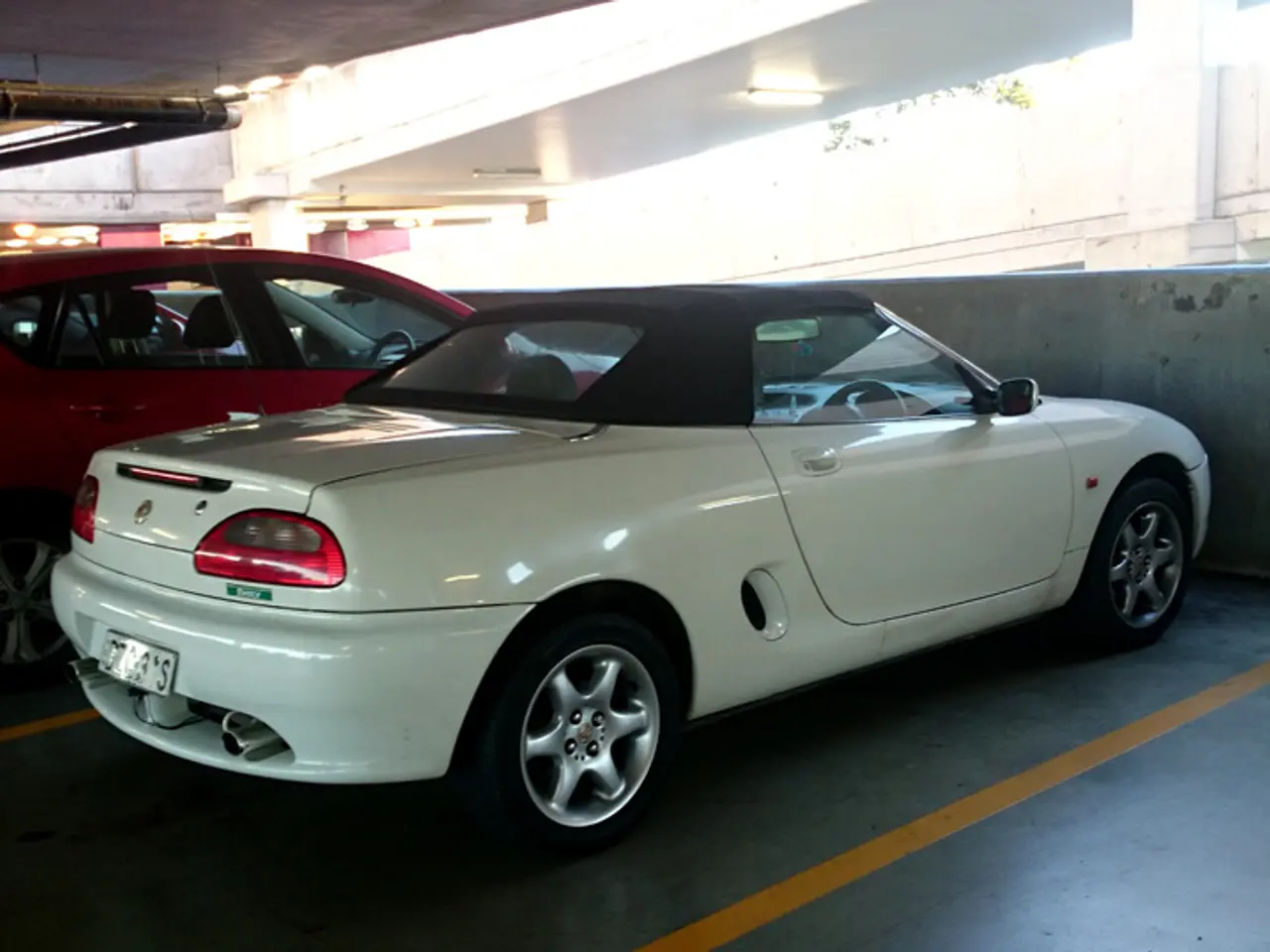Home Recording Setup for Electric Guitar: A Comprehensive Guide for Home Studios
In the realm of music production, recording electric guitars is an essential skill for home studios. With the right techniques and equipment, you can achieve professional-quality electric guitar tracks in your own space. Here's a step-by-step guide to help you get started.
**1. Recording with Guitar Amplifiers and Microphones**
When it comes to guitar amps, open-backed cabinets are preferred for their more natural, airy tone. For microphones, dynamic and condenser options both have their merits. Dynamic microphones like the Shure SM57 are rugged and handle high sound pressure levels well, making them ideal for capturing the punch and presence of the amp. Condenser microphones, on the other hand, are more sensitive and can pick up subtle details and a wider frequency range, beneficial for nuanced tones. Combining both dynamic and condenser mics can yield a rich, full guitar sound.
Positioning the microphone 1-2 inches from the speaker grill and pointing it directly at the center of the speaker cone typically results in a brighter, more aggressive tone. Angling the mic off-center yields a darker, warmer tone. Experimenting with distance can also affect the sound—closer placement captures a tight, direct sound, while placing the mic further captures more room ambience. Using both a close mic and a room mic simultaneously provides flexibility during mixing.
**2. Direct Recording (DI)**
Recording the guitar signal directly into your audio interface using a DI box or a high-impedance instrument input can yield a clean, clear sound. This method avoids room noise and mic placement issues but may sound sterile without effects or amp modeling.
**3. Amp Simulator Software**
Amp simulators emulate the sound of various guitar amps and speaker cabinets. They are an excellent option for home studios with limited space or noise constraints, providing a wide variety of tones and effects that can be tweaked within a DAW. Combining a DI recorded guitar with amp simulators allows control over tone post-recording, enabling experimentation without re-miking.
**4. Room Treatment and Acoustic Considerations**
Acoustic treatment such as bass traps, absorbers, and diffusers improves the quality of recordings by reducing unwanted reflections. Even minimal treatment can prevent harsh or muddy recordings, especially in untreated home studio environments.
By combining these techniques—careful mic selection and placement, optionally blending direct recording with amp miking, and leveraging amp simulation software—you can achieve professional-quality electric guitar tracks in a home studio environment. The Audio-Technica AT2020 is a condenser microphone that has been successful in recording electric guitar, while the Shure SM57 or SM58 are reliable choices if only one mic is to be used. Recording with one microphone at the back of the amp, in addition to the front, requires inverting the phase of the rear microphone before recording.
In conclusion, with the right equipment, techniques, and a bit of experimentation, you can create stunning electric guitar recordings in your home studio. Happy recording!
- In a home studio, the open-backed guitar amp cabinets offer a more natural, airy tone, while dynamic microphones like the Shure SM57 are rugged and suitable for capturing the amp's punch and presence.
- On the other hand, condenser microphones, such as the Audio-Technica AT2020, are more sensitive and can capture subtle details, making them beneficial for nuanced tones.
- Microphone positioning, such as placing it 1-2 inches from the speaker grill and pointing it directly at the center of the speaker cone, typically results in a brighter, more aggressive tone.
- By angling the mic off-center, a darker, warmer tone can be achieved, and experimenting with distance can affect the sound—closer placement capturing a tight, direct sound, while placing the mic further captures more room ambience.
- Recording the guitar signal directly into an audio interface using a DI box or a high-impedance instrument input can yield a clean, clear sound, but it may sound too sterile without effects or amp modeling.
- Amp simulators provide a wide variety of tones and effects that can be tweaked within a DAW, making them an excellent option for home studios with limited space or noise constraints.
- Acoustic treatment like bass traps, absorbers, and diffusers improves the quality of recordings by reducing unwanted reflections, and even minimal treatment can prevent harsh or muddy recordings, especially in untreated home studio environments.




